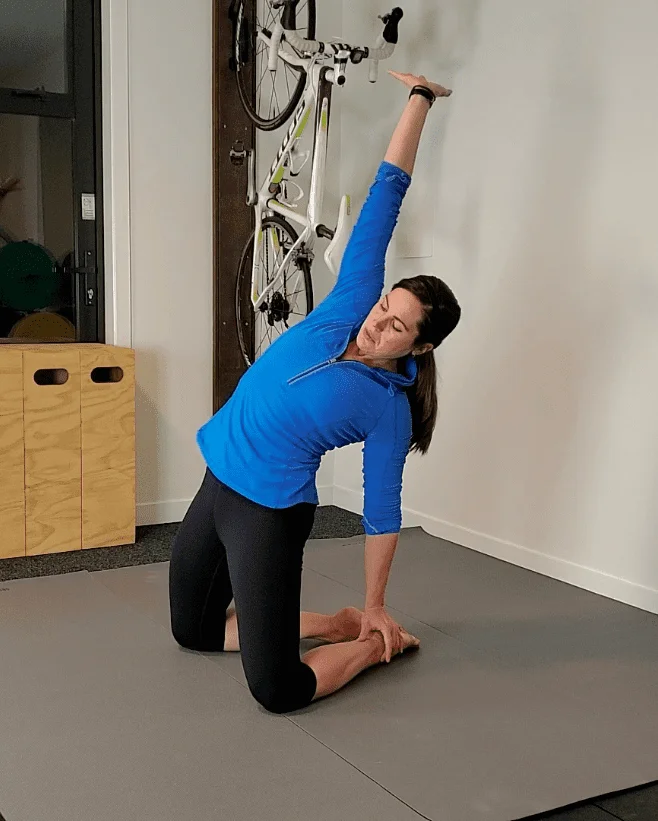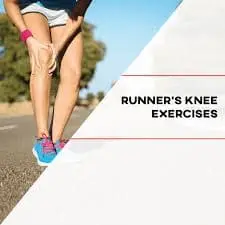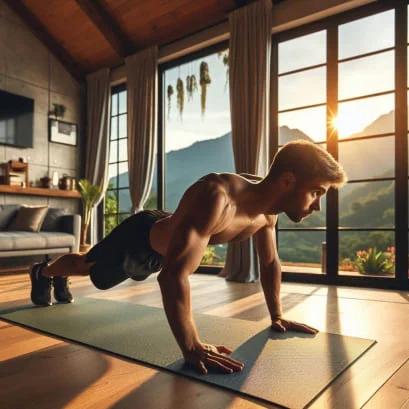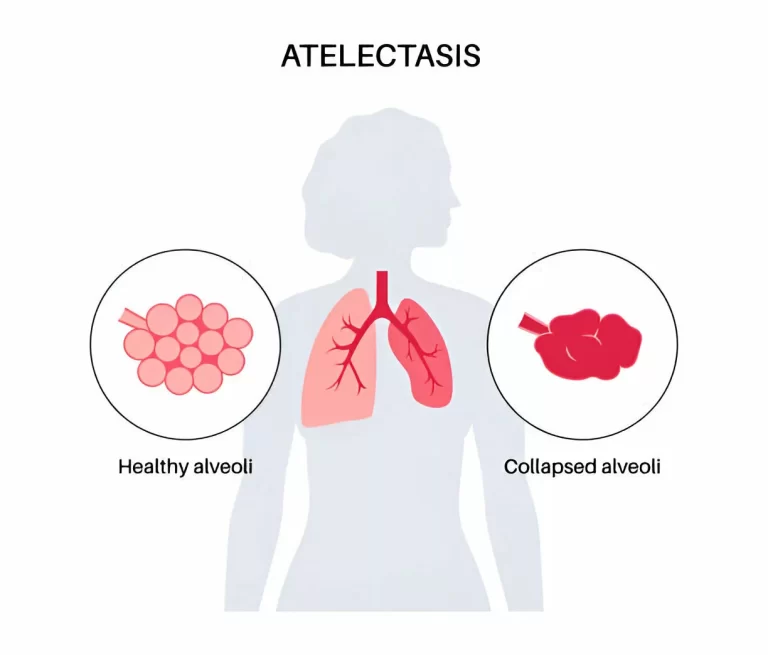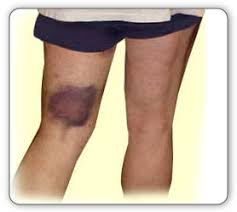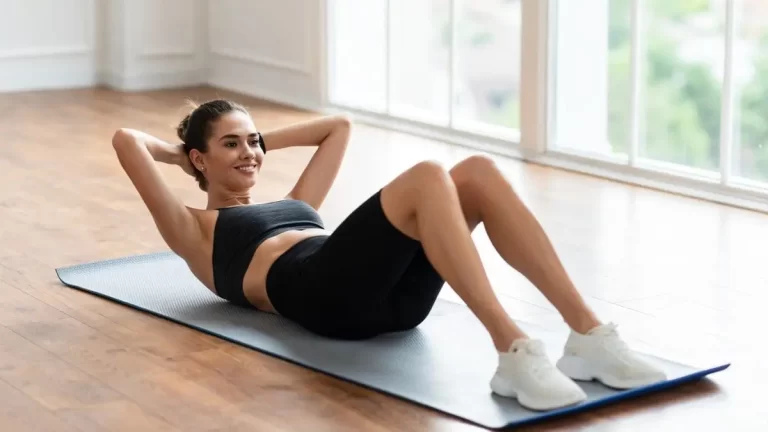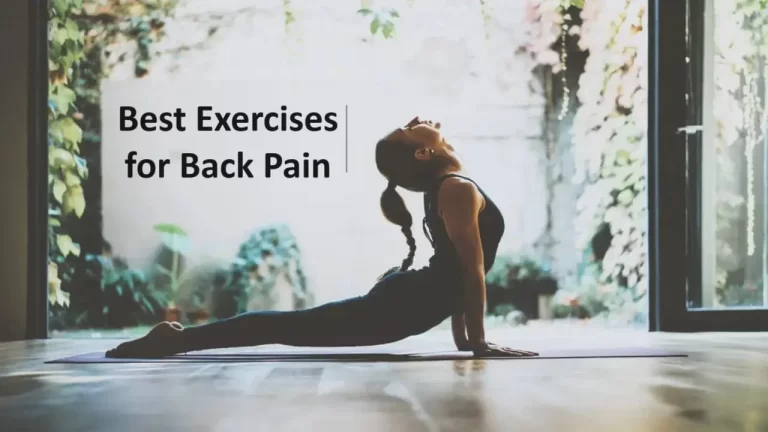ELDOA Method Exercises
What is an ELDOA Method?
The ELDOA Method (Étirements Longitudinaux avec Decoaptation OstéoArticulaire) is a specialized form of exercise developed by French osteopath Dr. Guy Voyer. This method focuses on creating space within the joints, particularly the spine, through precise postural exercises.
The Étirements Longitudinaux avec Decoaptation Osteo-Articulaire (ELDOA) method, dubbed Longitudinal Osteo-Articular Decoaptation Stretching in English, is a French osteopath’s method of therapeutic stretching and exercising.
ELDOA aims to improve joint health, lessen discomfort, and improve overall well-being by concentrating on certain spine segments and body joints.
This series of activities was developed in Europe over thirty years ago by Guy Voyer. They cover costal and pelvic articulations in addition to the spine at every intervertebral level. They are best described as fascial stretches that focus tension at a specific level inside a spinal segment.
The creation of the ELDOA has been influenced by several therapeutic philosophies and approaches, including the Niederhoffer, Kabat, Brunstrom, Bobath, Meziere, and Struyf-Denys. Each of these remedial methods examines how the body moves and how the spine is affected by it.
The purpose of ELDOA exercises is to enhance joint alignment and increase the distance between the spine’s vertebrae. By putting muscles in particular postures and producing fascial tension, this is accomplished. ELDOA exercises are usually held for three to five repetitions, lasting 20 to 30 seconds each time.
Effects of the ELDOA Method
It is possible to describe the consequences of the ELDOA exercises both locally and broadly, as well as immediately. Further details on secondary effects at extended ranges are provided.
Local Effects:
Decompression results in increased space, range of motion, and joint mobility in the superior and inferior zygapophyseal joints. This may help to avoid degeneration and ease stress in cases of osteoarthritis or arthrosis.
Absorption of intervertebral disc fluid is enhanced.
Increased emissary, longitudinal, transverse, and epidural venous and arterial circulation improves the tissues’ capacity to absorb nutrients and expel waste.
Better muscular tone and increased ability to execute end-range eccentric contractions are found in the muscles in the requested chains of a certain posture. This is critical to restoring normal posture and spinal segment alignment.
General Effects:
Since the spine provides the primary support for all of the body’s biological systems, including the limbs, muscles, and other tissues, correcting postural abnormalities is crucial.
normalization of the primary respiratory system, which supplies the cerebrospinal fluid, improves fluid flow along the vertebral canal.
reduction of psychomotor barriers. Through the spinal cord, the fine postural system links posture with the emotional system.
facilitation of metabolic and neurohormonal processes; the hormonal system controls the body’s functioning components based on how well the autonomic nerve system functions.
enhanced awareness of one’s body orientation and capacity to self-correct aberrant postures as a result of local proprioceptive stimulation of the affected area.
improved awareness of the kinetics of the myofascial chain, increased coordination of movements, and optimized energy use.
Secondary Effects:
At the functional level of the organ systems and related tissues, the action of vertebral realignment and its corresponding attachments results in secondary consequences.
For instance, there are direct connections between T12 and the kidneys, adrenal glands, upper section of the cisterna chyli, and the aortic gap in the diaphragm, as well as between Tll and the esophagus and cardiac sphincter.
The body’s organic and hormonal processes are directly impacted by this, given the concept of functional anatomy. Furthermore, this is closely related to the bigger thoracic canal, azygos veins, and intraspinal venous plexus. Numerous more indirect
Benefits of the ELDOA Method
A range of ailments can benefit from ELDOA exercises, such as:
- Back pain
- Neck pain
- Shoulder pain
- Hip pain
- Knee pain
- Disc herniation
- Sciatica
- Scoliosis
- Kyphosis
- Lordosis
- Poor posture
- Limited range of motion
ELDOA exercises can help avoid injuries and enhance performance, making them advantageous for athletes and anybody involved in physically demanding occupations.
ELDOA exercises are typically safe, but to make sure you are doing the exercises correctly, it’s crucial to learn them from a licensed ELDOA teacher.
The ELDOA Method has the following advantages:
- Improved posture
- Reduced pain and inflammation
- Increased range of motion
- Improved flexibility and balance
- Reduced risk of injury
- Enhanced athletic performance
- Improved overall well-being
Finding a qualified ELDOA instructor who can teach you the exercises correctly is essential if you’re interested in giving the ELDOA Method a try.
Principles of the ELDOA method
- Accurate Joint Focus: ELDOA exercises target specific joints and spinal segments in order to create space and decompress the area. Because each exercise is specifically designed for a certain joint or segment, therapy may be done with accuracy and focus.
- ELDOA entails generating space and decompressing a specific joint while also causing tension in the surrounding muscles and connective tissues, known as the myofascial system. Both pressure and joint mobility are improved by this.
- Postural Improvement: By focusing on particular muscle groups and joints that are linked to poor posture, ELDOA exercises frequently treat postural difficulties. Pain and discomfort might be relieved by adjusting your posture.
- Self-Myofascial Stretching: After learning the correct procedures, people may undertake ELDOA exercises on their own. This in turn encourages people to actively participate in their own health and well-being.
- Breath Awareness: During ELDOA activities, it is important to breathe correctly. Easeful breathing promotes relaxation, increases tissue oxygenation, and amplifies the benefits of stretches.
- Holistic Approach: A more comprehensive osteopathic treatment strategy frequently incorporates ELDOA. It can be used in conjunction with other therapy modalities and as a component of an all-encompassing strategy to enhance musculoskeletal health.
The ELDOA METHOD’s techniques are used by chiropractors, physical therapists, osteopaths, and other medical practitioners to treat patients worldwide.
Professional athletes from a variety of sports, including the UK track and field Olympic Team, NHL, MLB, NFL, NBA, PGA, and more, employ these specific techniques to improve their performance and recover more rapidly from training and tournaments.
How to Perform the ELDOA Method?
You must locate a comfortable position in which to lie on your back in order to practice the ELDOA Method. For support, you might wish to put a cushion beneath your legs and head.
After you’re in position, you’ll start by tightening your body’s fascia. You may do this by utilizing a support, such as a yoga block or strap, or by clenching your muscles in a particular way.
You will shift your body into a precise posture once you have produced fascial tension. The purpose of this position is to enhance joint alignment and create more space between your vertebrae.
Each position will be held for 20–30 seconds, then you will repeat it three times. Throughout the workout, you must breathe steadily and deeply.
Here’s an illustration of a basic ELDOA exercise:
- Assume a prone posture (laying on your back, arms at your sides).
- Put your right foot down and bend your left knee forward.
- Use your core muscles to lift your left leg off the ground.
- Maintain a straight left leg and point your toes to the ceiling.
- Breathe slowly and evenly as you hold this position for twenty to thirty seconds.
- Continue on the opposite side.
The goal of this workout is to increase the distance between your lower back’s vertebrae. It also helps to realign your hips more comfortably.
It’s crucial to remember that there are numerous ELDOA exercises, each of which is intended to focus on a different body part. A trained ELDOA teacher who can teach you the exercises that are appropriate for you is the ideal person to teach you the ELDOA Method.
Here are some pointers for using the ELDOA Method securely and efficiently:
Before beginning any ELDOA exercises, warm up. Dynamic stretches and some mild exercise can help with this.
Breathe steadily and deeply with every workout.
Do not overexert yourself. If you experience any pain while exercising, cease right away.
Pay attention and alter the workouts as necessary.
Before beginning the ELDOA Method, make sure to discuss any health issues you may have with your doctor.
Which risk factors are associated with the ELDOA Method?
Here are the risks associated with doing this incorrectly:
- improper lifting
- Being overweight
- Unexpected force
- demanding, repetitive tasks
- Congenital discal tissue weakening
- persistent thirst
- Shearing force or abrupt rotation of the trunk.
- straightening or accentuating the spine’s natural curvature
- If a job involves prolonged sitting, the spinal column may not move as much, which might compress and weaken the posterior portion of the disc. After that, the disk can burst and swell.
- The disc endures osmotic pressure, hydrostatic pressure loss, and dehydration.
- The inflammatory and degenerative processes in the connective tissues impact the ligaments, joints, and vertebral discs at the back of the vertebrae. If ligaments start to relax, the column’s overall structure becomes unstable. As a result, the vertebrae misalign and the back joints are overworked, which causes early wear and tear and the eventual development of osteoarthritis.
- The demand for mobility and stress absorption from the joints above or below the fusion rises with congenital or surgical spinal fusion, increasing the risk of damage to the surrounding tissues and discs.
Conclusion
In conclusion, French osteopath The therapeutic stretching and exercise program known as the ELDOA technique was developed by Dr. Guy Voyer. It tackles musculoskeletal health holistically, emphasizing precise joint targeting, myofascial system tension and compression, postural development, self-myofascial stretching, and breath awareness. The goals of ELDOA exercises are to improve general well-being, reduce pain, and support joint health.
Even while ELDOA can be a useful technique for enhancing musculoskeletal health, it should be studied and done under the supervision of a trained teacher, particularly if you have any particular health issues or worries about your musculoskeletal system. Before beginning any new fitness or therapy program, it is always essential to speak with a healthcare provider to be sure it is safe and suitable for your particular requirements.
FAQs
What is ELDOA good for?
ELDOA exists in every joint in the body. Improved joint mechanics, increased blood flow, less disc pressure, reduced discomfort, hydrated spinal discs, better posture, and an increased sense of awareness and well-being occur as the ELDOA “creates” space.
Does ELDOA work?
Both acute and chronic back pain can be effectively treated with the ELDOA, and the discomfort may eventually go away. Frequent ELDOA exercise can help lower a number of the risk factors associated with intervertebral disc degeneration and herniation.
What is the ELDOA position?
In ELDOA, many of the postures and positions are intended to heighten fascial tension. To do this, stabilize one body part at a time and then gradually move the other.
What is the Eldoa method for scoliosis?
The ELDOA exercises are designed to support the spine’s natural straightening and strengthening at every level. You may concentrate on the specific areas of the spine that require attention while dealing with scoliosis in order to assist rectify the imbalance and stop the condition from growing worse.
What is the origin of ELDOA?
The French term ELDOA refers to Etirements Longitudinauz with Decoaptation Osteo Articulaire, or Longitudinal axis Osteoarticular Decoaptation in English. This workout program was created by renowned osteopath Guy VOYER following more than 35 years of research.
References
- Physiotherapist, N. P. (2023, December 13). ELDOA Method Exercises – What Is It and Does It Really Work? Mobile Physiotherapy Clinic. https://mobilephysiotherapyclinic.in/eldoa-method-exercises/
- What is ELDOA Method? — ELDOA METHOD. (n.d.). ELDOA METHOD. https://www.eldoamethod.com/about-eldoa-method

